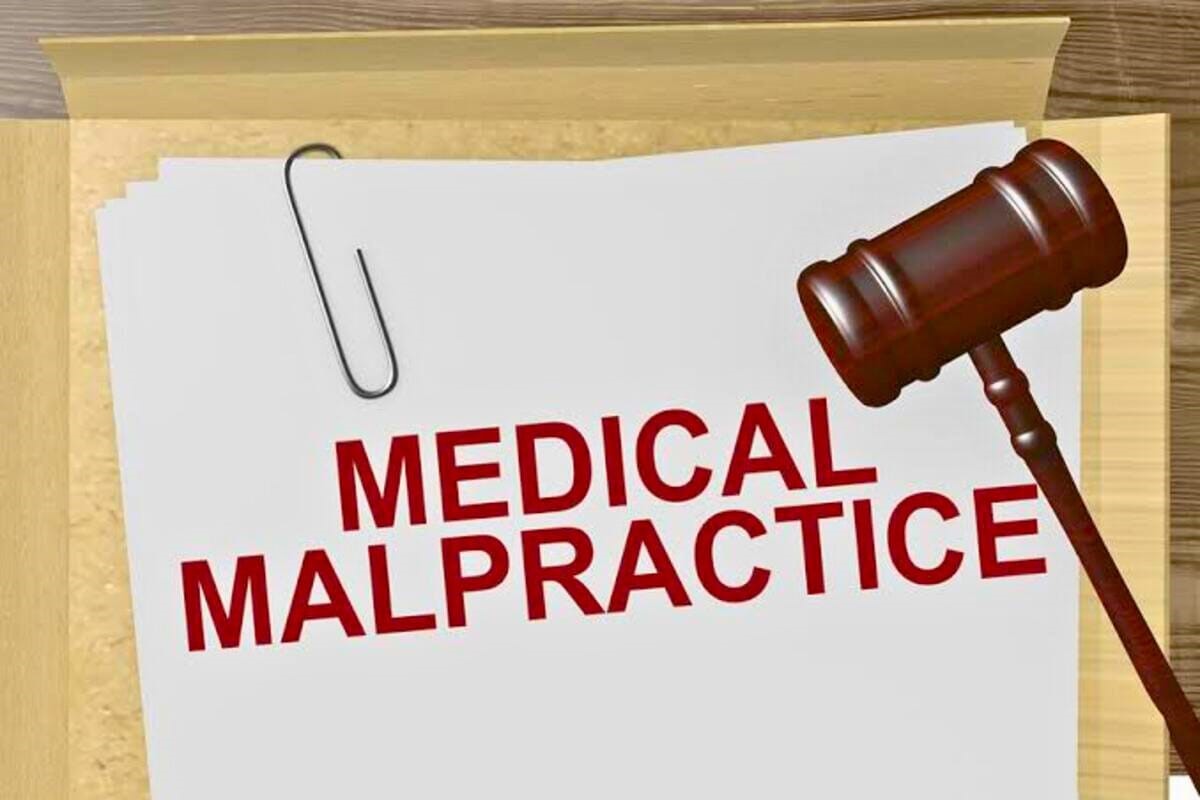Medical malpractice occurs when healthcare professionals fail to meet the standard of care. In the U.S. alone, 44,000 to 98,000 people succumb to medical malpractice-related issues annually.
Sadly, many of these cases are never reported, meaning the victims lose their right to justice. If you believe you’ve been a victim of medical malpractice, contact an Anchorage medical malpractice attorney for guidance tailored to your situation.
Elements of Medical Malpractice
Here are the key elements of medical malpractice:
Duty of Care
Medical professionals must provide a standard level of care to their patients. This duty is established when a doctor-patient relationship is formed.
Breach of Duty
A breach of duty occurs when the healthcare provider fails to meet the standard of care expected in their field. This could involve errors in diagnosis, treatment, or communication.
Causation
To have a valid malpractice claim, plaintiffs must establish a direct link between the healthcare provider’s breach of duty and their injury. Negligence must be a significant factor in causing harm.
Damages
Patients must suffer measurable damages as a result of the healthcare provider’s negligence. These damages can include physical pain, emotional distress, medical expenses, and lost wages.
Informed Consent
Patients have the right to be informed about the risks and potential outcomes of medical procedures. If a doctor fails to obtain informed consent, it could contribute to a malpractice claim.
Statute of Limitations
Medical malpractice claims must be filed within a specified time frame, known as the statute of limitations. This period varies by jurisdiction and usually starts from the date of the alleged malpractice or when it’s discovered.
Expert Testimony
In many medical malpractice cases, expert witnesses are needed. These professionals can provide invaluable insights on different issues, including:
- The standard of care
- The breach of duty, and
- The causal relationship between negligence and harm.
Vicarious Liability
In some instances, hospitals or employers may be held vicariously liable for the actions of their employees, such as doctors or nurses.
Comparative Negligence
Some jurisdictions consider the patient’s actions in assessing negligence. If a patient’s behavior contributed to the injury, it might impact the damages awarded.
Types of Medical Malpractice
Medical malpractice cases result from many issues, such as:
Misdiagnosis
Healthcare providers often fail to accurately diagnose a medical condition. This can result in delayed or improper treatment, harming the patient.
Surgical Errors
Mistakes during surgery, such as operating on the wrong body part, leaving surgical instruments inside the patient, or performing unnecessary procedures, constitute surgical malpractice.
Medication Errors
Administering the wrong medication, incorrect dosage, or neglecting to consider a patient’s allergies or potential drug interactions falls under medication malpractice.
Birth Injuries
Negligence during childbirth can lead to birth injuries, including cerebral palsy, Erb’s palsy, or other complications affecting the newborn’s health.
Anesthesia Errors
Administering too much or too little anesthesia or failing to monitor a patient properly during anesthesia can result in serious harm or even death.
Failure to Obtain Informed Consent
Medical professionals must inform patients of the potential risks, benefits, and alternatives of a treatment or procedure. Failure to do so can lead to legal action based on lack of informed consent.
Emergency Room Errors
Mistakes made in the fast-paced environment of the emergency room, such as misdiagnosis or delayed treatment, can have severe consequences for patients.
Nursing Home Neglect
Negligence or inadequate care in nursing homes can lead to a range of issues, from bedsores to malnutrition. As a result of this negligence, the well-being of residents is compromised.
Radiology Errors
Mistakes in interpreting medical imaging, such as X-rays, MRIs, or CT scans, can result in delayed or incorrect diagnoses. This can consequently impact the patient’s treatment and prognosis.
Failure to Monitor
Inadequate monitoring of patients, especially in critical conditions, can lead to a failure to detect and address changes in the patient’s condition promptly.
Common Defenses in Medical Malpractice Cases
In medical malpractice cases, healthcare professionals can employ the following defenses to counter allegations:
Adherence to Standard of Care
Practitioners often argue that they provided care consistent with accepted standards. They may present expert testimony to demonstrate that their actions aligned with what a reasonable healthcare provider would do in similar circumstances.
Informed Consent
Defendants may assert that the patient gave informed consent, stating that the risks and potential complications were adequately communicated.
Statute of Limitations
Practitioners may argue that the patient filed the lawsuit outside the specified time limit, as defined by the statute of limitations in their jurisdiction. This defense aims to dismiss claims that fall outside the legally allowed time frame for filing.
Recognizing the causes of medical malpractice is important for patients and their families. If you believe you’ve been a victim of any of these scenarios, a personal injury attorney can help you explore legal avenues for seeking compensation.
